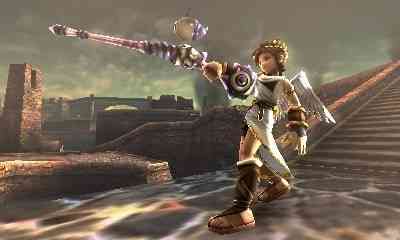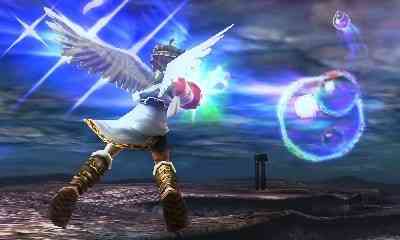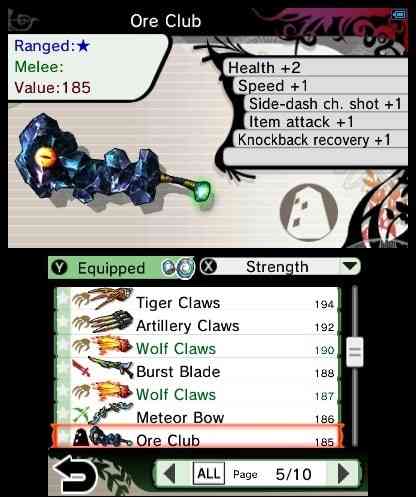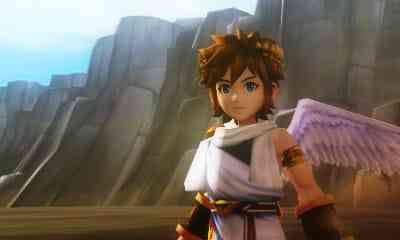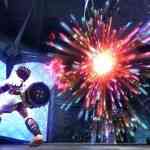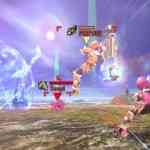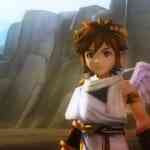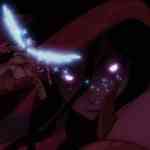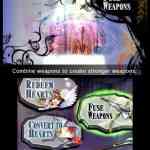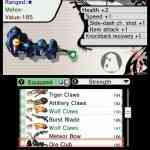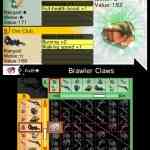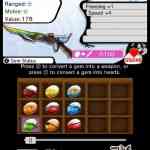One of the most anticipated 3DS games of the year is Kid Icarus: Uprising (KIU). When I first heard that Kid Icarus was coming to the 3DS, I thought: “Well, it’s about time.” Since the announcement that the game was coming to the 3DS there has been a significant amount of hype. Is the game worth all the hoopla? You better believe it is and KIU is a game Kid Icarus fans will absolutely want to pick up.
In KIU, Medusa (Queen of the Underworld) has returned after 25 years where she and her Underworld Army are back to destroy mankind. In order to defeat the dark forces, the angel Pit is tasked to take on the challenge with the guidance of Paluntena, goddess of light and guardian of the human race. Pit is considered a powerful angel and is armed with a weapon that has ranged and melee capabilities. With the assistance of Palutena, Pit can also fly for 5 minutes at a time where he is then required to land on the ground. That sets the stage for the gameplay as KIU’s levels are divided between two sections: Air Battle and Land Battle.
At the beginning of each level, Pit engages in Air Battle, where he flies around the skies and shoots enemies using the ranged capability of his weapon. The enemies also shoot back in a variety of ways including laser like attacks, bombs, fire or balls of energy. Pit can dodge these attacks using the movement button but if he does not, his health will go down and he dies. The pace in ‘Air Battle’ tends to be fast and furious with several enemies coming at you at once. It really requires you to move/dodge the attacks quickly especially since some of the attacks tend to follow you.
Following the completion of an Air Battle (which corresponds with the limited time you are given to fly), you land on ground and proceed to fight monsters in ‘Land Battle’ using both ranged and melee attacks. The controls in Land Battle are the same as in the air but your weapon automatically switches from ranged to melee when you are close to an enemy. The Land Battles tend to be a little less fast paced but the enemies are more varied as some fly, spin, charge, or shoot at you. Some require multiple hits in specific areas and others require you to time your attacks just right. At the end of each level there is a boss or minion of Medusa who you must defeat. If you die in a level, you restart somewhat near where you last failed.
Prior to starting a level, players can decide the difficulty level by betting the number of hearts you earn. As you increase the level of difficulty (and bet more hearts), the number of enemies also increases along with the number of hearts and rewards you can potentially earn, which you can use to redeem for better weapons. If you die in a level, you lose the hearts you bet.
One of the more interesting features of KIU was redeeming your hearts for more powerful weapons, each with their own specialties and attributes. The weapons vary from clubs, bows, staffs, blades and arms (a gloved style weapon). You may also fuse or put together different weapons to produce newer and sometimes stronger weapons. Unwanted weapons can also be converted back to hearts.
KIU is linear in that you go from point to point on a set course, which is not unusual for a shooter/action game. The levels are well laid out and vary from dungeons to outside scenic levels. A cool aspect of the game is that you can replay the levels again and again, thus unlocking more items and earning more hearts (depending on the difficulty setting you placed).
The controls in KIU are somewhat customizable. That said I choose to play using the default setting. In this setup, you shoot/attack with the L button, aim with the stylus, and move Pit using the circle pad. Players can also charge the ranged power of your weapon by momentarily letting go of the attack until the reticule becomes bigger, which means it is ready to launch a more powerfully charged shot. The other buttons can be used for your powers such as the ability to heal or jump briefly and to centre your aim. In ‘Land Battle’ you also change your perspective by flicking the stylus left, right, up or down. The default view is in the third person but players can switch to a first person view during Land Battles.
Throughout KIU, players can also collect idols. Idols are 3D models of various characters and items that are available in the game. Idols are collected by launching eggs in the air from a bowl that floats on top of a water fountain. There are a lot of things to collect in KIU including putting together a portrait composed of pictures from achievements in the game. All of this collecting does not impact the gameplay all that much but adds a sort of visual progression on what you have completed thus far. Personally, I do not care much for trophy/awards but for those interested in that type of stuff, they are in for a treat.
Another interesting feature is the use of the AR cards that come with the game (6 with the game and 10 bonus ones). The use of the cards enables players to see animated game characters in 3D and take pictures of them using the camera. If you face the cards together and press the “A” button, the characters can also battle each other automatically in 3D. This would probably hold more appeal to the card collecting audience rather than the hardcore gamer but it is kind of neat watching how the AR characters pop up and fight briefly until there is only one victor.
The graphics in KIU are very good and probably the best I have seen in a 3DS game to date. They really stand out in the Air Battles as the scenes are dynamically changing yet appear smooth and fluid. The characters look a bit jagged but you hardly notice when you are battling and flying around a level. The artwork and the environments look fantastic. The weather detail is also impressive. Flying down through the clouds or maneuvering through caves at breakneck speeds made me think, “Wow, this looks pretty good.” The 3D feature of course makes the objects stand out more but I generally played with 3D off.
Another impressive feature of the game is the sound. First, the music is top notch with a mix of the classical instruments like piano, harps, flutes, strings, and guitars. The music is always appropriate to the mood of the level and I was never annoyed by it. I have to admit though, when it came to the voice acting, I nearly laughed out loud when I first heard Pit’s voice. It just sounded like a teenager, which I wasn’t expecting despite the obvious title reference. On top of that, Pit sounds pretty cheesy and naive but it is also funny as he gets made fun of for it. In fact, one of the memorable aspects of the game is the ongoing dialogue between Pit, Palutena and the villains. The characters seem to share a comical relationship as they use sarcasm and make fun of each other. Palutena is especially amusing as she teases Pit and freaks him out every now and then. There are also times it seems the characters themselves know KIU is just a game, such as a part where Palutena says there are no hospitals in this game for Pit to go to when he turns in an eggplant (a reference to the original NES game 25 years ago) or when Palutena jokes that she was not able to see enemies due to a “slightly botched laser eye surgery.” All of this adds a little more depth and character development.
Playing the multiplayer aspects of the game is also entertaining. In Light vs. Dark, players on each team take down the other team’s health meter by eliminating the opposing team’s players. As the health bar disappears and one member of the losing team remains, the game turns into a manhunt as the opposing team looks for the lone angel. There is also a free-for-all mode where it is every player for themselves. Multiplayer games can also be played wirelessly via a local network.
While watching and playing the game is fun, I wished the controls for KIU were thought out a little better. As I mentioned, the controls are somewhat customizable but it seems like the developers knew they were going to face some challenges in terms of awkwardness by adding the infamous stand for the 3DS to rest on. The stand itself is a simple, plastic foldout cradle that supports the system. This was likely made as the default controls require the user to clutch and hold the 3DS with only the left hand, as the right hand is holding and aiming with the stylus (which could be tiring after a while). The stand also raises the 3DS to provide room and rest for your hands if it’s on a flat surface.
I have to admit that playing with the stand was a little easier than holding it in the air but I wished there was an easier way to use the existing controls on the 3DS to play this game without using a stand. Those who bought the additional analogue stick probably would not have as much of an issue with this but considering most people probably do not own one, this took a little bit away from an otherwise excellent game.
Overall, Kid Icarus: Uprising for the 3DS is a fun, entertaining game with plenty to offer in terms of variety and replay value. It is a visually stunning game and the sound is top notch as the dialogue is easily one of the more comical highlights of the game. While the game’s controls could have been refined a little, the fact remains Kid Icarus: Uprising for the 3DS is an excellent game that 3DS owners can purchase with confidence.
